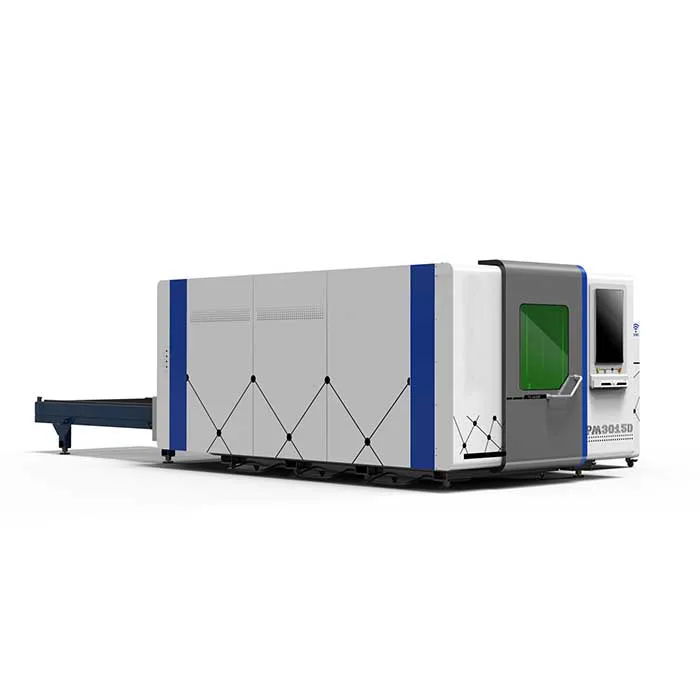
Plate Bender Machines Unveiled- A Comprehensive Guide
- By:Metmac
- 2024-05-06
- 423
In the realm of metal fabrication, precision and efficiency reign supreme. Plate bending machines, the unsung heroes of this industry, play a pivotal role in transforming flat metal plates into complex shapes. Plate Bender Machines Unveiled: A Comprehensive Guide is an authoritative resource that delves into the intricacies of these machines, empowering readers with the knowledge to make informed decisions and optimize their fabrication processes.
An Introduction to Plate Bending Machines
Plate bending machines are indispensable tools for shaping metal plates, ranging from thin sheets to thick slabs. They work by applying a controlled force to the plate, causing it to bend along a predetermined radius. These machines are widely used in various industries, including shipbuilding, automotive manufacturing, construction, and aerospace.
Types of Plate Bending Machines
Plate bending machines come in different types, each designed for specific applications. The most common types include:
3-Roll Plate Bending Machines: These machines utilize three rolls to bend the plate, providing precise control over the bending angle and radius.
4-Roll Plate Bending Machines: Equipped with four rolls, these machines offer greater flexibility and can handle thicker plates.
Press Brakes: Also known as “brake folders,” press brakes bend plates by applying pressure from a ram. They are ideal for producing sharp bends and complex shapes.
Factors to Consider When Choosing a Plate Bending Machine
Selecting the right plate bending machine depends on several factors, including:
Plate Thickness: Different machines are designed to handle different plate thicknesses.
Bending Capacity: This refers to the maximum force the machine can apply to bend the plate.
Bending Accuracy: The precision of the machine’s bending process is crucial.
Speed and Efficiency: The speed at which the machine can perform bends affects productivity.
Benefits of Plate Bending Machines
Plate bending machines offer numerous advantages, such as:
Increased Fabrication Speed: Automated machines significantly increase bending speed compared to manual methods.
Enhanced Precision: Precise control over bending angles and radii ensures consistent and accurate results.
Reduced Labor Costs: Automated machines require fewer operators, reducing labor costs.
Improved Safety: Machine safeguards minimize the risk of accidents compared to manual bending.
Conclusion
Plate Bender Machines Unveiled: A Comprehensive Guide is an essential reference for anyone involved in the metal fabrication industry. This guide provides a thorough understanding of the different types of plate bending machines, their capabilities, and the factors to consider when selecting the right machine for specific applications. By following the guidelines outlined in this guide, readers can optimize their fabrication processes, enhance precision and efficiency, and unlock the full potential of plate bending machines.
-
Sheet Metal Press Brake: The Pillar of Precision Bending with METMAC
2025/11/18 -
Metal Sheet Punching Machine: Unleashing Efficiency and Versatility with METMAC
2025/11/18 -
Metal Folding Machine: The Art of Precision Bending with METMAC
2025/11/18 -
Steel Laser Cutter Machine: The METMAC Standard for Unmatched Precision and Durability
2025/11/18
-
Advanced Sheet Metal Rolling, Laser Cutting, and Folding Machines for Precision Fabrication
2025/10/31 -
High-Performance Sheet Metal Bending and Cutting Machines for Modern Fabrication
2025/10/31 -
High-Quality Sheet Metal Equipment for Sale: Efficient Solutions for Modern Manufacturing
2025/10/31 -
High-Performance Sheet Metal Equipment for Sale: Forming and Shearing Solutions for Modern Fabrication
2025/10/22
-
A Guide to the Latest Innovations in Sheet Metal Folding Machines
2024/11/29 -
Key Features to Consider When Investing in a Sheet Metal Folding Machine
2024/11/28 -
Enhancing Precision with Advanced Sheet Metal Folding Machines
2024/11/27 -
How to Choose the Right Sheet Metal Folding Machine for Your Workshop
2024/11/26







